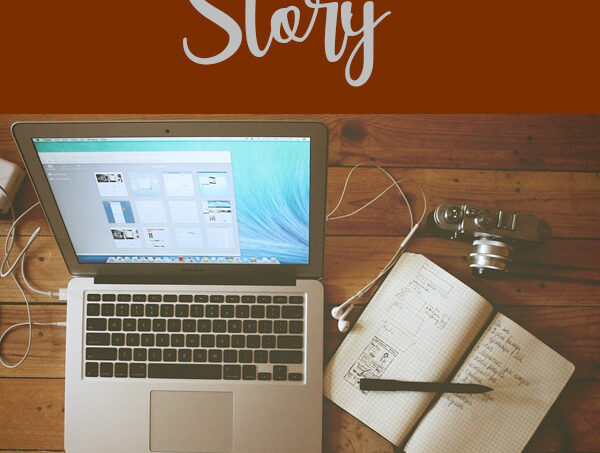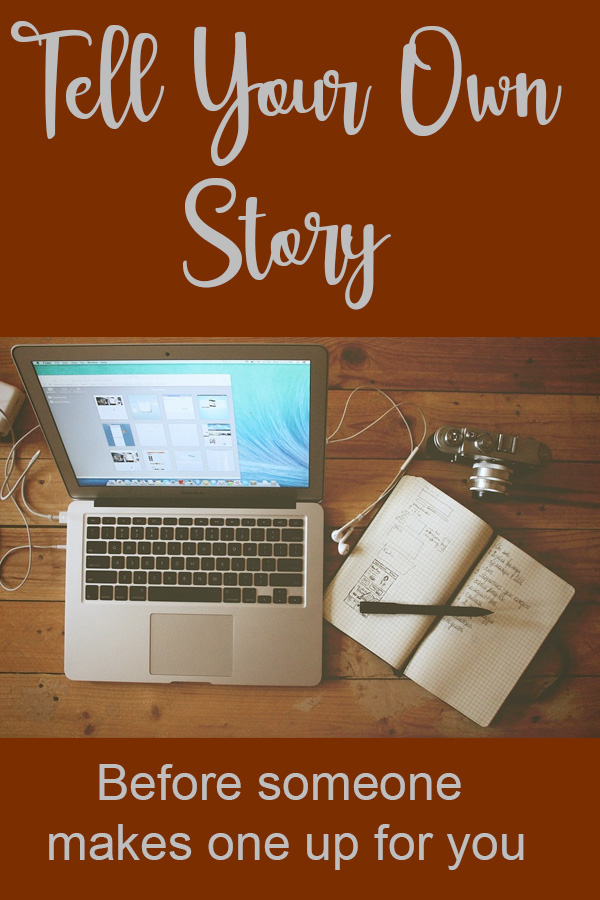
As a school librarian, people think we get to sit and read books all day. Don’t we wish! It’s crucial that we take time each day to document what we do. This can be a valuable tool for anyone.

This past school year I was reminded of the need to tell my story.
Then, for lack of a better description, life happened and I became less diligent in documenting what I was doing. That changed this year. It started because I needed to keep a record of how we were using
There are a million different ways to do this. There will be methods I’ll keep and things I’ll do differently next year. Regardless of where you start, it’s extremely important to document what you do and then share it. Here’s what I did…
1. Set up a master folder: I set up a master folder in Google Drive that I shared with administrators and our
2. Keep a spreadsheet: Every time I planned/ completed an activity with a teacher I added the information to a spreadsheet. I included the date range, the number of students involved each day, grade level, subject, project, description, and tools used. This was also added to the master folder. It served as something like a table of contents.
3. Pictures: I took tons of pictures of every activity. If I didn’t, the teacher did. Our teachers are made aware of students who cannot be photographed and I was careful not to include those students. These pictures were loaded in a folder under the master folder.
4. Social Media: Our school does an amazing job of leveraging the power of social media to share the great things happening. I would post to my own Twitter account or have them posted on our school’s Facebook and Instagram pages.
5. Blog about it: The blog was a bit of an afterthought. I used this as a way to go into greater detail and to post helpful tips for others to be able to use. I did a lot of backtracking to set it up, but it’s something I want to continue for the future.
What was the impact?
1. Evidence: First and foremost, I had evidence of what I was doing and the impact being made with students and teachers. I used this to fill in gaps for my evaluation, to help with our grant, to see how many unique experiences I had helped to create for students and to share sample projects with teachers. I was able to provide the exact number of projects, students and teachers I had worked with this year. When you can walk into your principal’s office and provide hard data, it makes a difference.
2. Reflection: I was able to look back over the year to see the areas in which I excelled and those that needed work. One thing that stood out for me was the fact that I had little impact on Math classes. I wasn’t surprised by this, but it confirmed what I knew. Math is my weakest area. I am not as familiar with math at a middle school level and have a hard time being able to just say, “Why don’t we try this? My homework this summer has been to start working through a Khan Academy 6th grade math class online.
3. Ideas: I started creating a monthly newsletter in which I shared completed projects, pictures, and data with fellow teachers. This helped to show teachers what was available and how it could be used in their own classrooms. I could count on hearing from a few new teachers after the newsletter went out. The thing that helped the most was
My challenge for you.
So here’s my challenge for you for this upcoming school year.
One word of caution:
Make sure you follow your district’s policy for posting student
